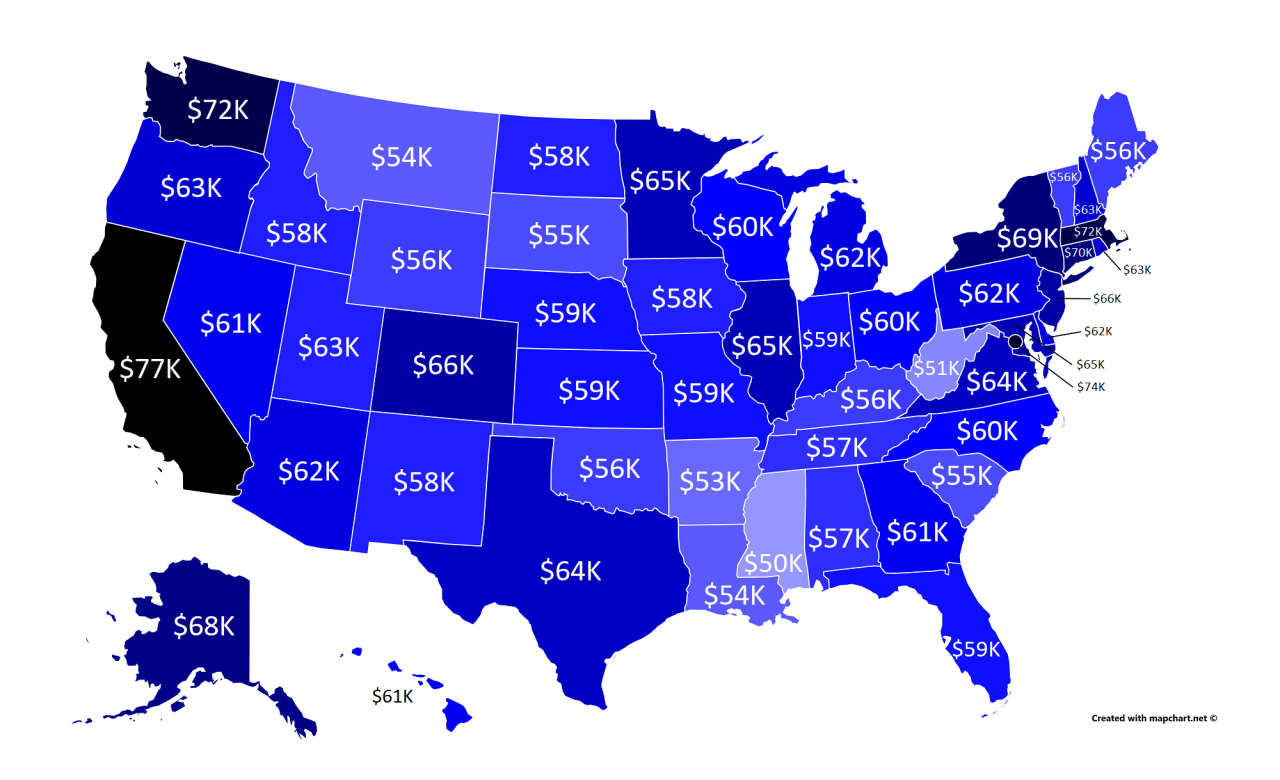The 2024 tax year brings several notable changes to the tax code, including higher standard deductions, expanded income tax brackets, and tweaks to retirement account rules. While tax rates remain unchanged, these updates present strategic opportunities for certain taxpayers to shield more income and reduce their tax liability.
To fully capitalize on 2024 tax rule changes, high-income earners need to understand key income thresholds related to the taxation of Social Security, IRA eligibility, tax credits, and more. Precisely targeting these thresholds through legal avoidance tactics can lead to substantial tax savings.
2024 Standard Deduction and Tax Bracket Adjustments
The IRS increased the 2024 standard deduction to $29,200 for married joint filers and $14,600 for single filers—boosts of $1,500 and $750, respectively. Heads of households now get a $21,900 standard deduction. Doubling these amounts for married couples provides more taxable income protection.
Additionally, the upper thresholds for federal income tax brackets rose by about 7% due to inflation. The top 37% rate now starts at $731,200 for joint filers and $609,350 for individuals. So high-income taxpayers have more room before hitting the top rate.
Key 2024 Income Thresholds to Understand
In addition to marginal tax bracket adjustments, several other key income thresholds impact taxation rules and present planning opportunities:
- The threshold for taxation of Social Security benefits rises to $147,000 for joint filers and $94,000 for individuals. Strategies like Roth conversions can manage income below this mark.
- Income limits increased for traditional IRA deductibility and Roth IRA eligibility. For instance, joint filers with a workplace retirement plan can fully deduct traditional IRA contributions if their income is below $136,000 in 2024.
- Phase-out thresholds climb for tax credits like the Earned Income Tax Credit and Premium Tax Credit. This expands eligibility for thousands more lower-income filers.
Using Thresholds to Legally Avoid Taxes
High income individuals can leverage their knowledge of key 2024 income thresholds to implement legal tax avoidance strategies like:
- Making retirement account contributions to reduce adjusted gross income below thresholds for taxation of Social Security, higher tax brackets, etc.
- Contributing to Health Savings Accounts (HSAs) offers triple tax benefits if income is below eligibility limits
- Investing in municipal bonds which provide federally tax-free income can manage total income below certain thresholds
- Tax-loss harvesting to offset realized capital gains, thereby managing taxable income crossing certain thresholds
As an example, a married couple could contribute $27,000 to 401(k) accounts in 2024 to reduce their income just below the $147,000 Social Security benefits taxation threshold. This entirely avoids this extra tax and lowers their overall tax bill.
Conclusion: Use 2024 Tax Rules to Legally Minimize Your Tax Burden
The 2024 tax code adjustments provide well-informed taxpayers with expanded opportunities to implement tax reduction strategies. By targeting key income thresholds related to marginal tax rates, Social Security benefits, IRA eligibility and more, high income earners can legally shield income and minimize their tax liability.
Thoroughly planning moves like retirement contributions, HSA funding, municipal bonds, and tax-loss harvesting around these 2024 thresholds allows you to make the most of deduction, credit and income exclusion benefits. As always, be sure to consult a tax professional to map out a customized tax minimization plan tailored to your specific financial situation.
